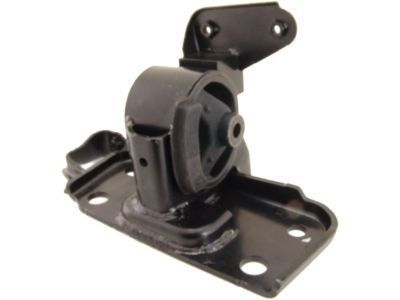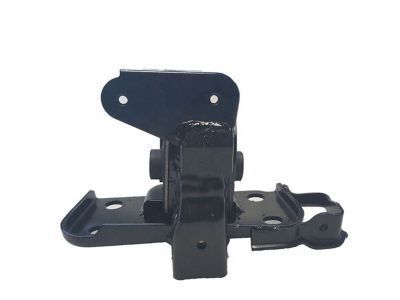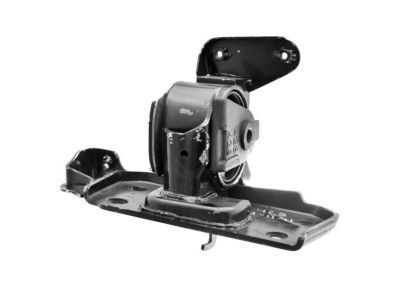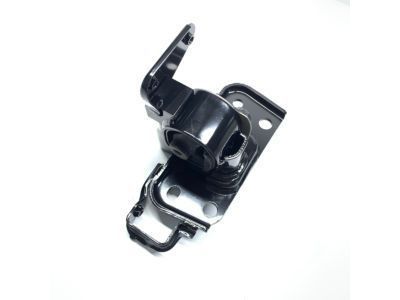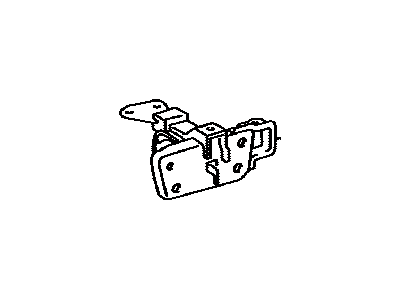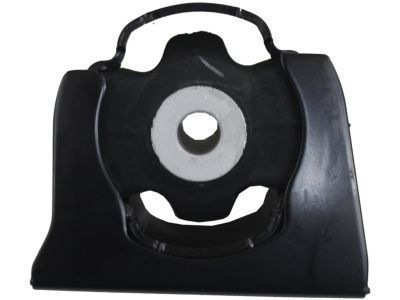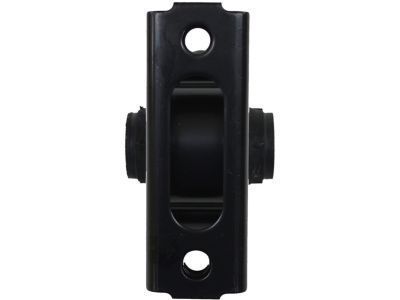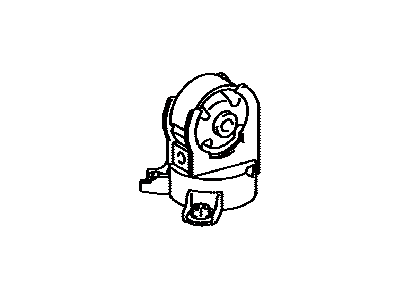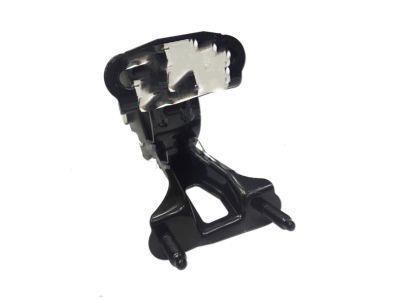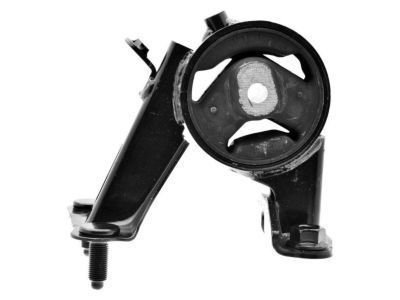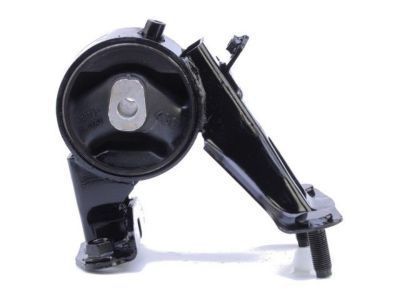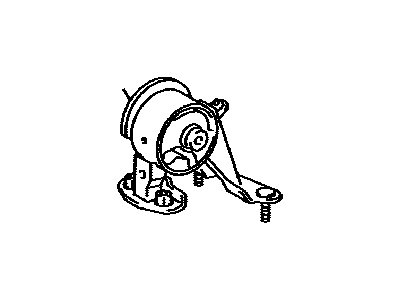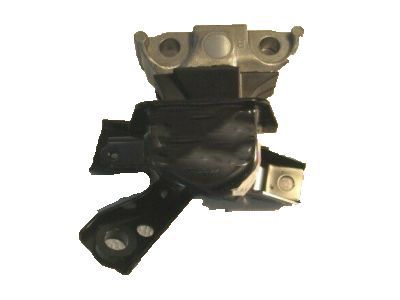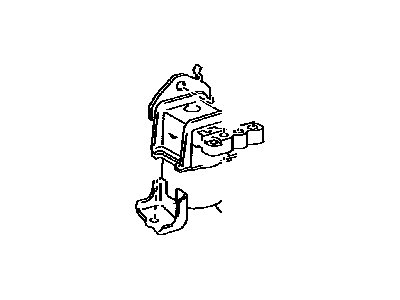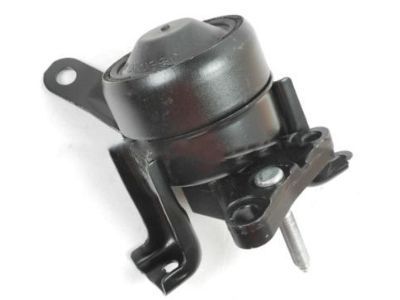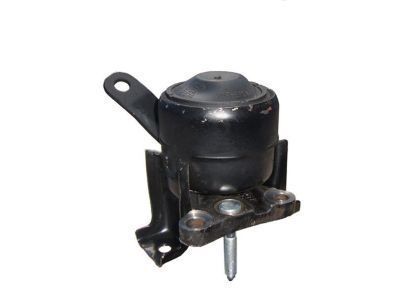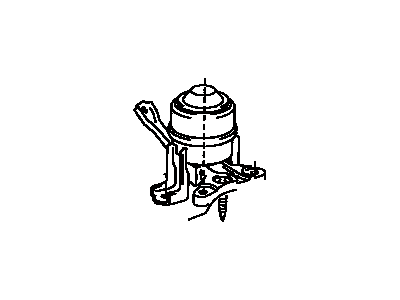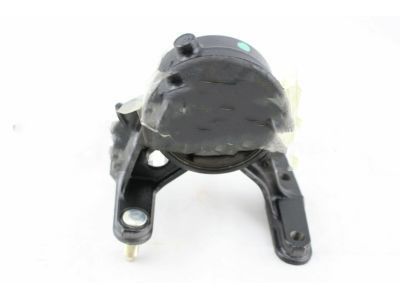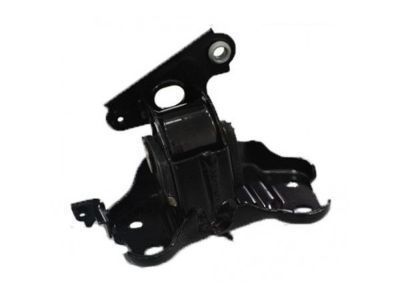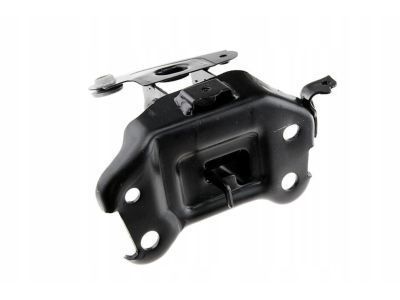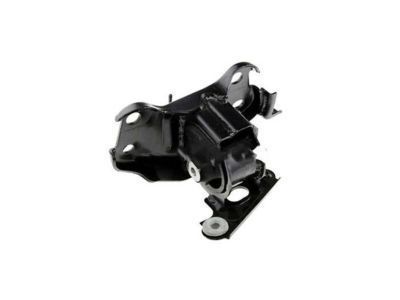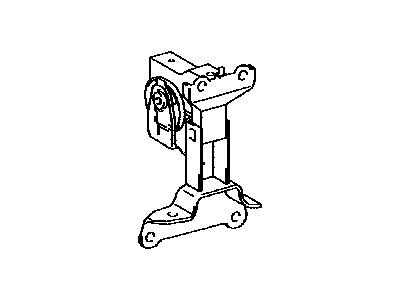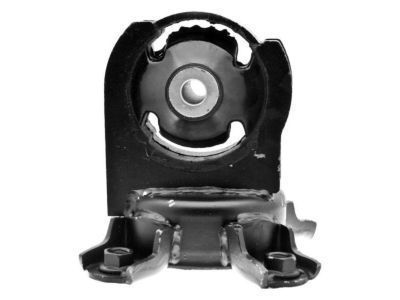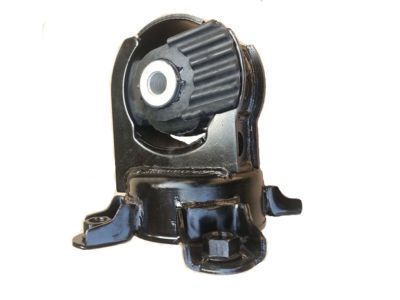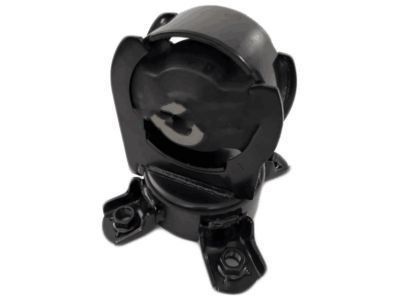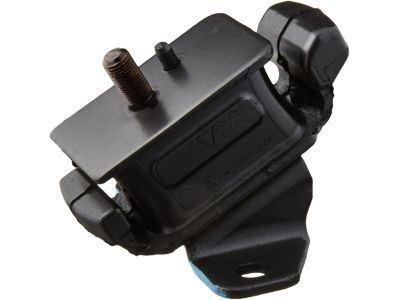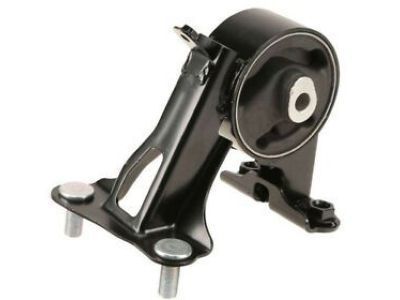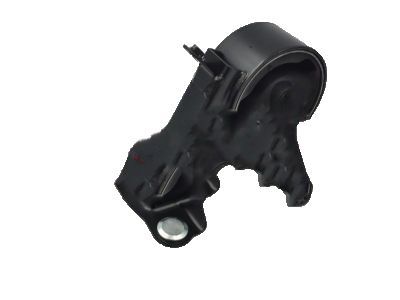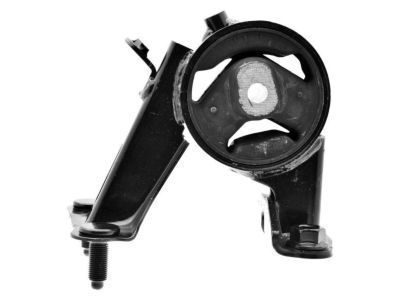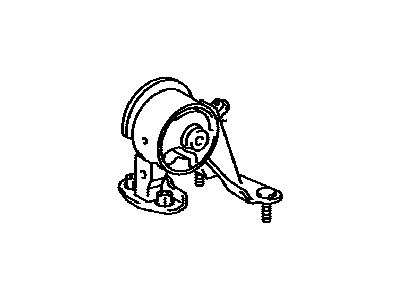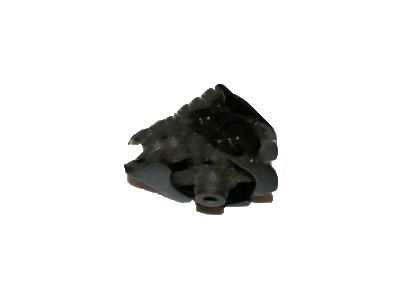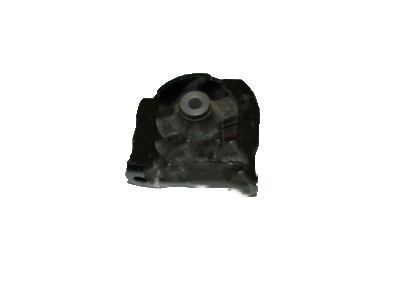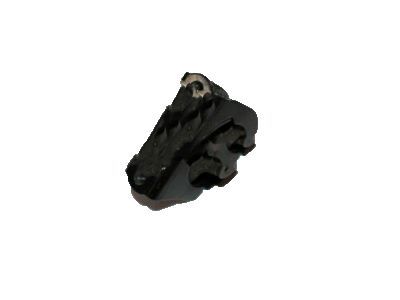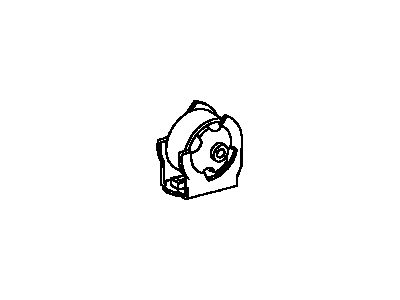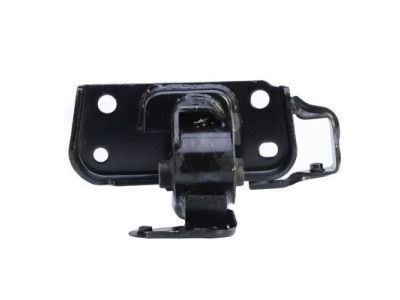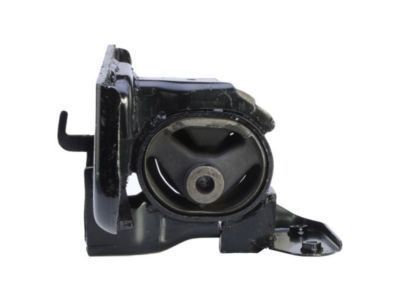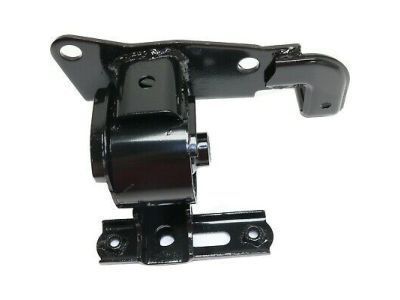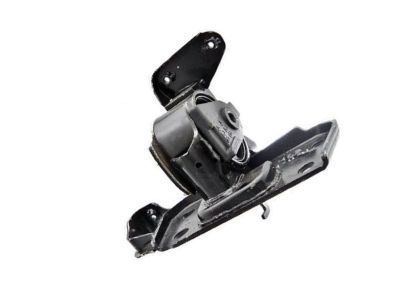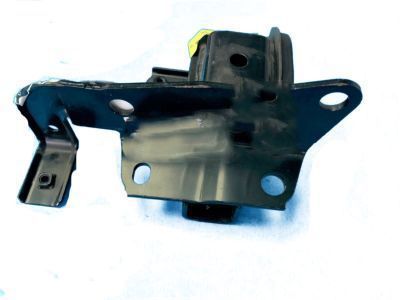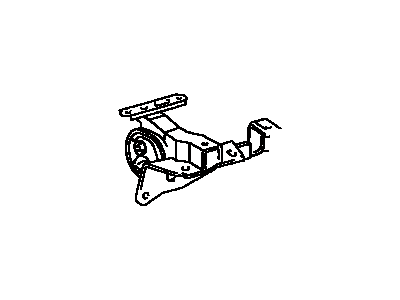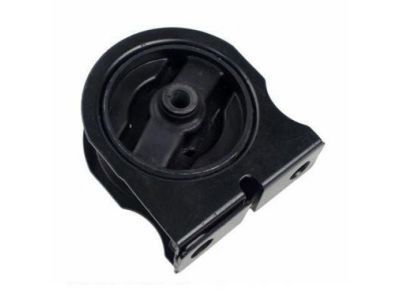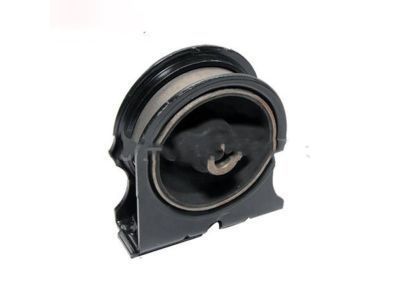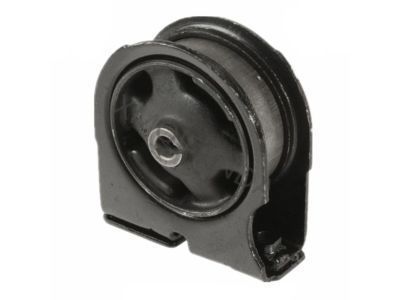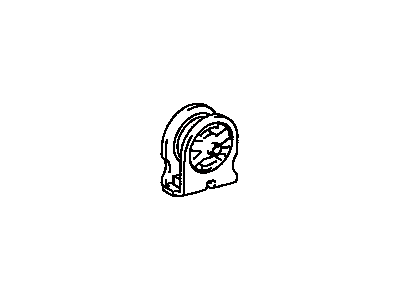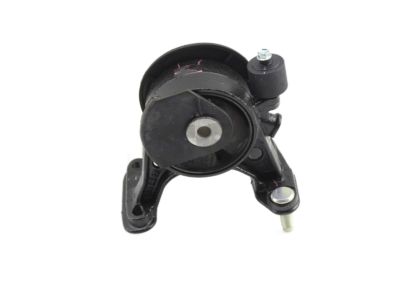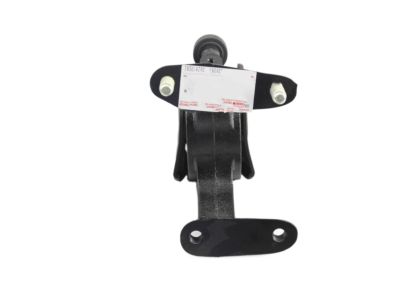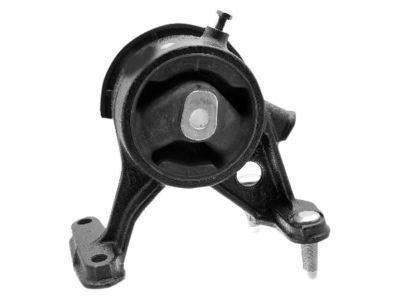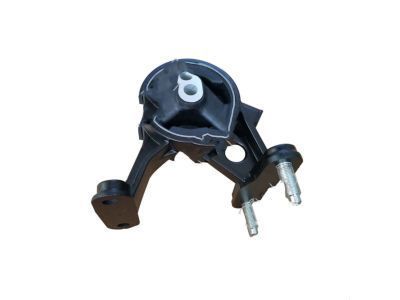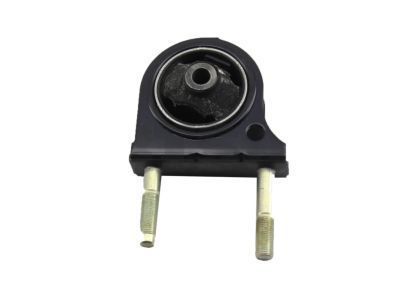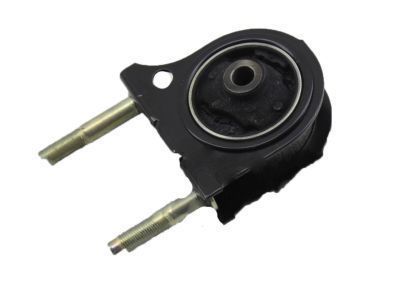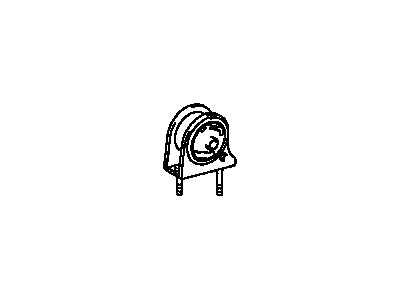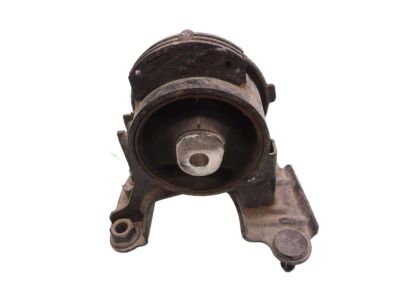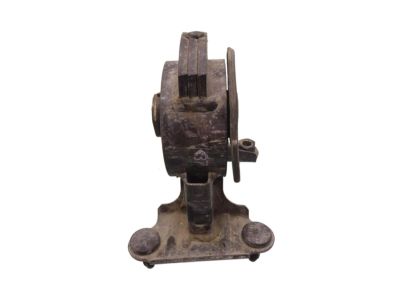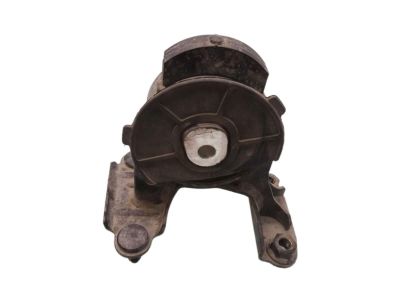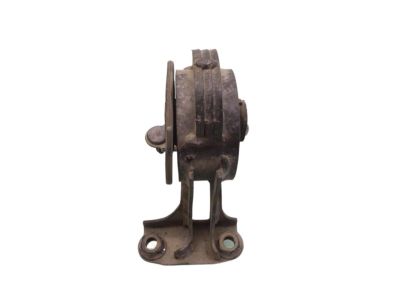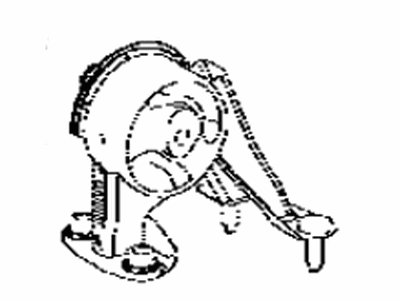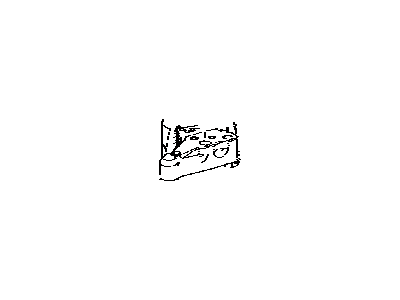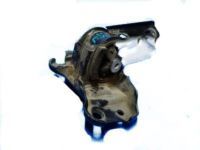

My Garage
My Account
Cart
Genuine Toyota RAV4 Engine Mount
Engine Motor Mount- Select Vehicle by Model
- Select Vehicle by VIN
Select Vehicle by Model
orMake
Model
Year
Select Vehicle by VIN
For the most accurate results, select vehicle by your VIN (Vehicle Identification Number).
196 Engine Mounts found
Toyota RAV4 INSULATOR, Engine Mounting, LH
Part Number: 12372-28220$134.54 MSRP: $191.27You Save: $56.73 (30%)Ships in 1-3 Business DaysToyota RAV4 Front Engine Mounting Insulator
Part Number: 12361-28250$68.31 MSRP: $96.29You Save: $27.98 (30%)Ships in 1-2 Business DaysToyota RAV4 Rear Engine Mounting Insulator
Part Number: 12371-28190$94.74 MSRP: $133.55You Save: $38.81 (30%)Ships in 1-3 Business DaysToyota RAV4 Insulator Sub-Assy, Engine Mounting, RH
Part Number: 12305-28240$174.20 MSRP: $247.65You Save: $73.45 (30%)Ships in 1-3 Business DaysToyota RAV4 Insulator Sub-Assy, Engine Mounting, RH
Part Number: 12305-28151$191.04 MSRP: $273.94You Save: $82.90 (31%)Ships in 1-3 Business DaysToyota RAV4 Rear Engine Mounting Insulator
Part Number: 12371-28210$122.02 MSRP: $173.47You Save: $51.45 (30%)Ships in 1-3 Business DaysToyota RAV4 Engine Mounting Insulator
Part Number: 12372-0V070$91.79 MSRP: $129.39You Save: $37.60 (30%)Toyota RAV4 Front Engine Mounting Insulator
Part Number: 12361-31160$105.48 MSRP: $148.69You Save: $43.21 (30%)Ships in 1-3 Business DaysToyota RAV4 Engine Mounting Insulator
Part Number: 12371-0V020$94.74 MSRP: $133.55You Save: $38.81 (30%)Ships in 1 Business DayToyota RAV4 Front Engine Mounting Insulator
Part Number: 12361-21020$71.02 MSRP: $100.12You Save: $29.10 (30%)Ships in 1-2 Business DaysToyota RAV4 Engine Mounting Insulator
Part Number: 12372-36010$121.32 MSRP: $172.47You Save: $51.15 (30%)Ships in 1-2 Business DaysToyota RAV4 INSULATOR, Engine Mounting, LH
Part Number: 12372-28041$108.08 MSRP: $152.34You Save: $44.26 (30%)Ships in 1-3 Business DaysToyota RAV4 Front Engine Mounting Insulator
Part Number: 12361-74370$56.28 MSRP: $78.66You Save: $22.38 (29%)Ships in 1-2 Business DaysToyota RAV4 Engine Mounting Insulator
Part Number: 12371-31111$128.45 MSRP: $182.62You Save: $54.17 (30%)Ships in 1-3 Business DaysToyota RAV4 Engine Mounting Insulator
Part Number: 12371-36030$122.02 MSRP: $173.47You Save: $51.45 (30%)Ships in 1-2 Business DaysToyota RAV4 Rear Engine Mounting Insulator
Part Number: 12371-74471$63.47 MSRP: $89.48You Save: $26.01 (30%)Ships in 1 Business DayToyota RAV4 Engine Mounting Insulator
Part Number: 12371-0V040$100.17 MSRP: $141.20You Save: $41.03 (30%)Ships in 1-3 Business DaysToyota RAV4 Engine Mounting Insulator Sub-Assembly
Part Number: 12305-0V030$162.85 MSRP: $231.52You Save: $68.67 (30%)Ships in 1-2 Business DaysToyota RAV4 Insulator Sub-Assy, Engine Mounting, RH
Part Number: 12305-31020$205.89 MSRP: $295.23You Save: $89.34 (31%)Ships in 1-3 Business Days
| Page 1 of 10 |Next >
1-20 of 196 Results
Toyota RAV4 Engine Mount
If you are in demand for superior quality and affordable OEM Toyota RAV4 Engine Mount, then shop with us! We own a wide range of the reduced-priced genuine Toyota RAV4 Engine Mount. You can purchase in confidence as all parts come with a manufacturer's warranty. Any issues with our products? No need to worry as we have a hassle-free return policy to guide you every step of the way.
Toyota RAV4 Engine Mount Parts Questions & Experts Answers
- Q: What should be done if the engine mounts are broken or deteriorated on Toyota Rav4?A:Generally, the engine mount is not very conspicuous and as such, only prompt repair of any broken or deteriorated mount should be done to avoid further straining the driveline. To inspect the mount, you require to lift the engine to take some weight off the mount then make sure the car is supported by jackstands. Pop off the splash shields beneath the engine then place a jack with a wooden plank under the Oil Pan to relieve the engine mount stresses without placing the block under the drain plug. Checking the mount's condition for the cracks, hardened rubber, and separation from the bushing; Ensure there is no relative movement of the mount plates and the engine or frame by trying to move it with a large screwdriver or pry bar. If movement is present, then lower the engine and use a mechanic's torque wrench to retighten the mount fasteners, and then apply the rubber preservative to retard deterioration. For replacement remove the negative terminal, then lift the car and put it on a jack stand safely. To remove the passenger's side engine mount first, you have to unscrew the nut that holds the mount in place from underneath, after that the rest of the bolts can be removed from above and the mount is pulled out of the car. If the vehicle is fitted with ABS brakes then the ABS actuator and bracket has to come off first to have access to it. Installation, on the other hand, is done in the reversed manner, with the usage of thread locking compound on the bolt and nut. To both front and rear transaxle mounts, first, remove the bolts from underneath the car; second, unfasten the mount from the transaxle bracket; third, fasten them in the reverse order making sure that bolts are tightened to the specified torque. On the driver's side transaxle mount, first, the air filter housing would have to be removed then the nuts and bolts that hold the mount onto the transaxle have to be removed, lastly, the through-bolt needed to be removed to finally clear the mount. Again, the process of removal is done by the opposite of installation and metallic thread locking compound is used to guarantee lock in place.
Related Toyota RAV4 Parts
Browse by Year
2024 Engine Mount 2023 Engine Mount 2022 Engine Mount 2021 Engine Mount 2020 Engine Mount 2019 Engine Mount 2018 Engine Mount 2017 Engine Mount 2016 Engine Mount 2015 Engine Mount 2014 Engine Mount 2013 Engine Mount 2012 Engine Mount 2011 Engine Mount 2010 Engine Mount 2009 Engine Mount 2008 Engine Mount 2007 Engine Mount 2006 Engine Mount 2005 Engine Mount 2004 Engine Mount 2003 Engine Mount 2002 Engine Mount 2001 Engine Mount 2000 Engine Mount 1999 Engine Mount 1998 Engine Mount 1997 Engine Mount 1996 Engine Mount
